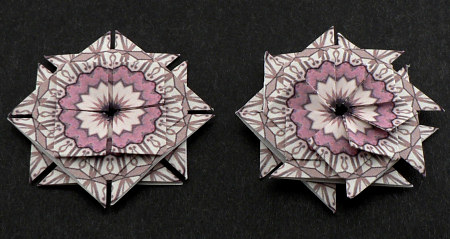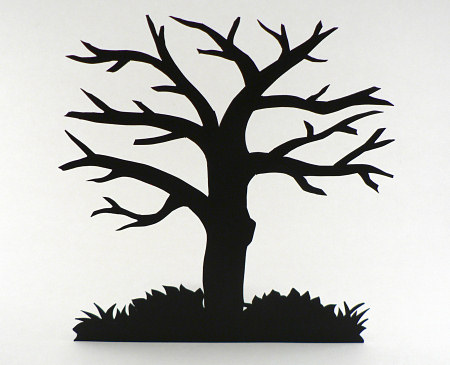
Happy Halloween! I thought I’d celebrate by showing off some of the wonderful pumpkins that ravelry and flickr users have made from my free Pumpkin crochet pattern: Aren’t they cute? Credit for these pumpkin pics go to the following ravelers: Yorpy, ines-chan, Calophi, Taya, dr-evi, joliet, Jain, craftygamergrl, ohthatashley, suzette100, Annkari, arpelia, LilGrape, salohlee, leelersinc, […]





















